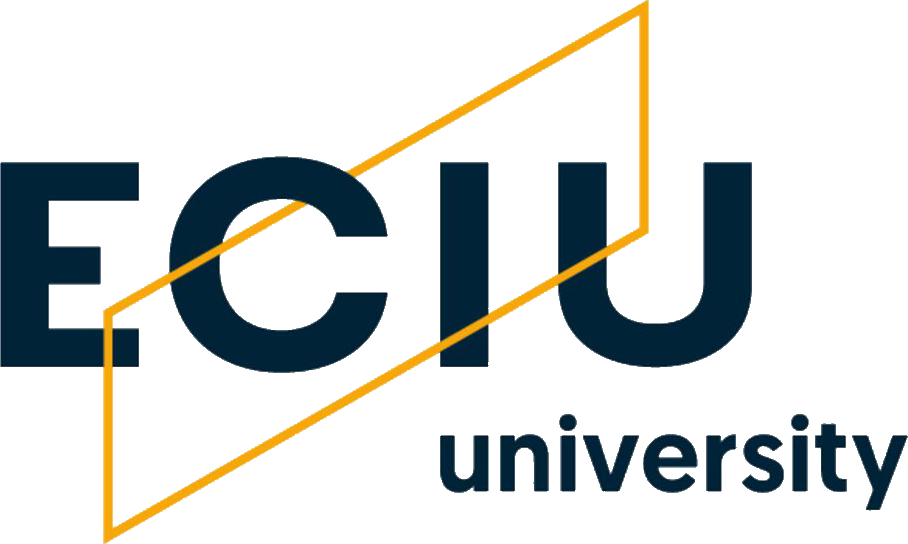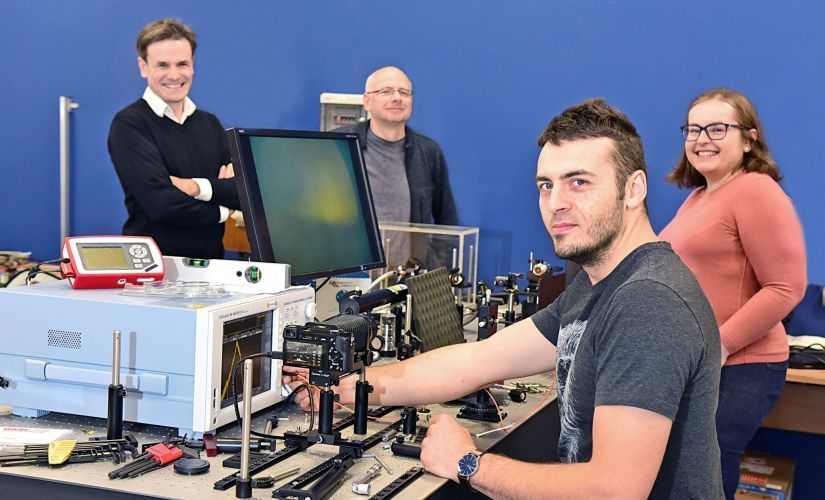The National Science Center has granted Professor Czyszanowski over 1.3 million PLN for the implementation of the project: Nitrogen lasers utilizing the supersymmetry phenomenon. On the German side, the project will be led by physicist Professor Urlich Schwarz. On the Polish side, the project will also involve Professor Piotr Perlin from the Institute of High Pressure Physics of the Polish Academy of Sciences and Professor Anna Szerling from the Łukasiewicz Research Network - Institute of Physics.
In his description of the grant, Prof. Czyszanowski, seeking to explain the purpose of the project in simple terms, compares the work of the laser to playing a flute.
To produce a clear sound, a flutist must blow air with a specific force and in a specific way, which they learn throughout many years of their musical career. If the flutist wanted to play the flute louder than usual, the sound would lose its purity. In this way, other tones that disturb the clear sound would be produced. The frequency of the flute sound can be mathematically determined using a wave equation describing the vibration of air particles inside the flute.
The professor notes that a very similar equation describes the frequencies of electromagnetic waves resonating in the laser. Hence, the flute and the laser exhibit similar behavior.
When the laser is stimulated with a slight electric energy, it emits electromagnetic radiation at one specific frequency. When stimulated more strongly to obtain greater optical power, other frequencies of electromagnetic radiation begin to resonate, causing the laser's emission spectrum to widen, comparable to the false sound emanating from the flute. In practice, the broadening of the laser's emission spectrum limits its range of applications.
- explains professor Czyszanowski, who is an outstanding specialist in the design of semiconductor lasers and photonic structures. He is the head of the Photonics Team at the Institute of Physics at TUL.

What will the team of scientists focus on in the new project in more detail?
We propose adopting the theory of supersymmetry (SUSY) in the context of its use in configurations of nitrogen lasers. A SUSY laser is actually two twin lasers. The theory assumes that in the case of two neighboring lasers at a very small distance, differing in their geometry in a subtle and planned way, the energetic states of both lasers are shared, except for one state.
These two lasers, in addition to subtle differences in geometry, also significantly differ internally. Like Arnold Schwarzenegger and Danny DeVito in the movie "Twins." Although this may not be the best example because, in no way, did they differ subtly, even though they were twins. So, one of the lasers is a real laser that emits light, and the other is a light-absorbing trap. All shared modes disappear in the trap of the absorbing laser except for one, which in a planned way is not shared and resonates only in the real laser. Only this one mode and therefore one frequency of radiation will be emitted by the laser.
This project will not only allow us to understand the depth of this fascinating phenomenon but will also enable an increase in the emitted optical power and improve the quality of the beam emitted by semiconductor lasers.
- explains professor Czyszanowski.
The project consists of three main scientific goals. The first two are related to the design and implementation of a new type of SUSY lasers operating in pulse mode and continuously. So, what is the innovation of the project?
It is a new configuration of an electrically powered laser that has never been experimentally or theoretically studied. In this project, we focus not only on improving the properties of nitrogen edge lasers but also on a deep understanding of the fundamental physical phenomena occurring in a new class of lasers utilizing the supersymmetry phenomenon. We will examine the role of exceptional points and the breaking of parity-time symmetry, which we expect to play a crucial role in understanding the operation of the new type of lasers.
- explains Professor Czyszanowski.

